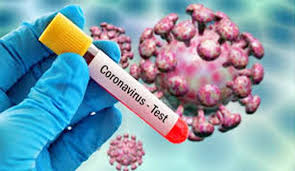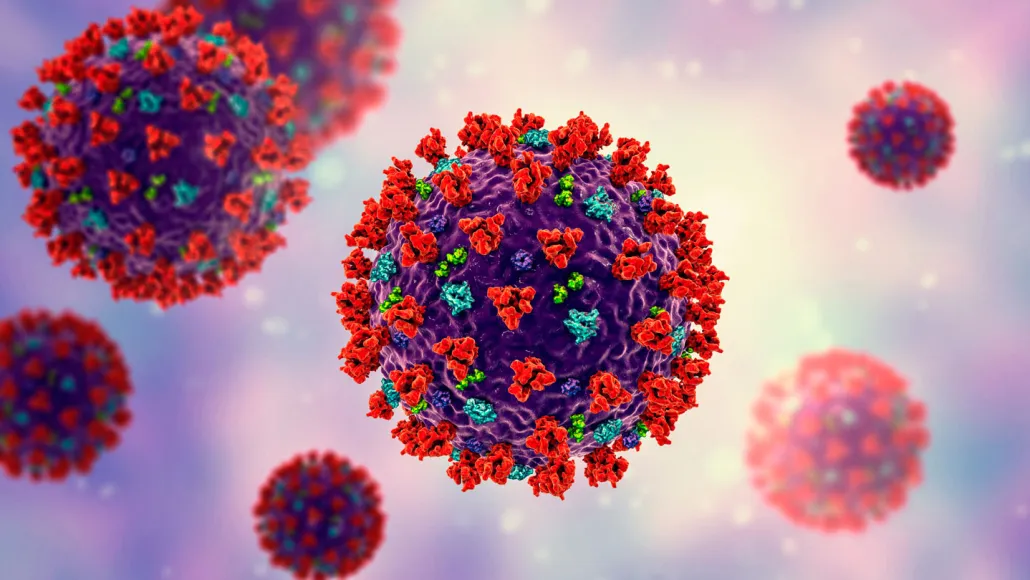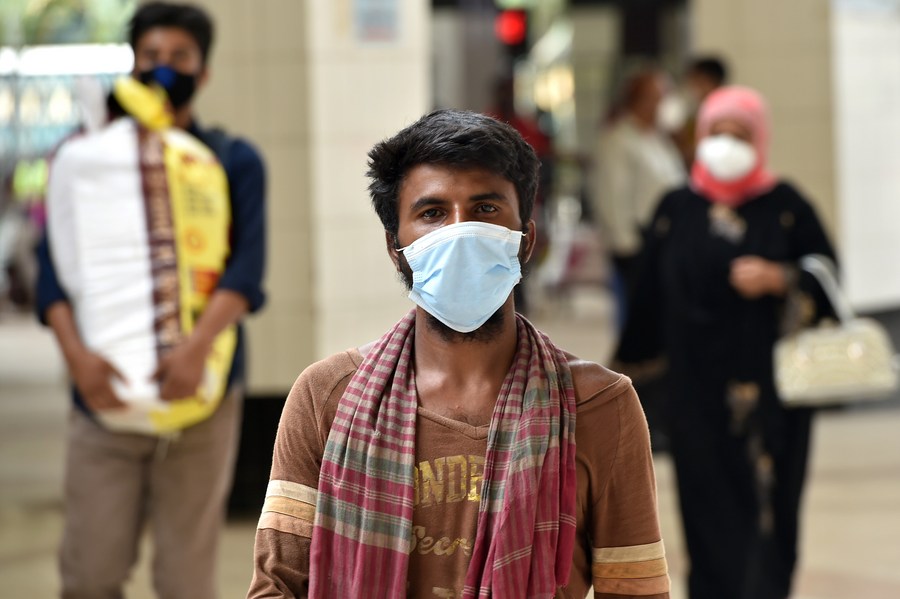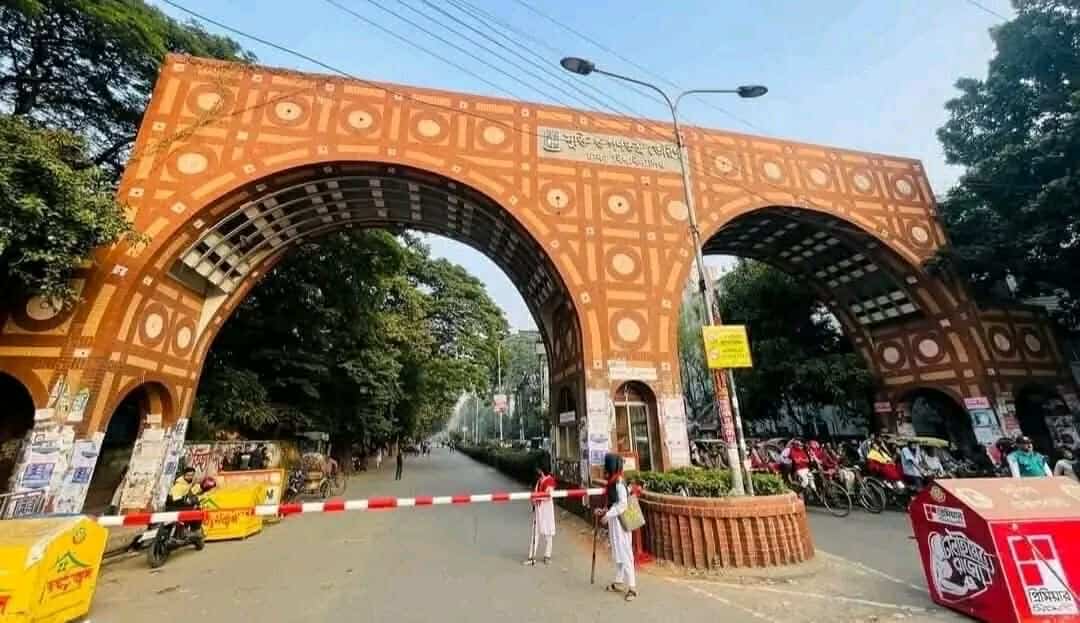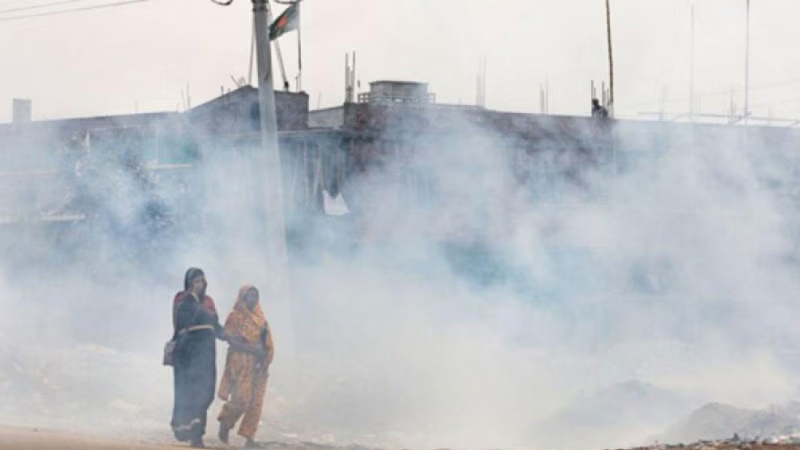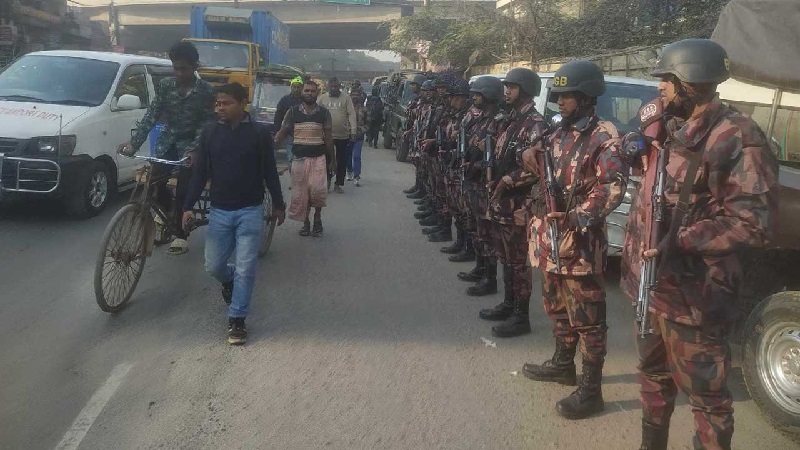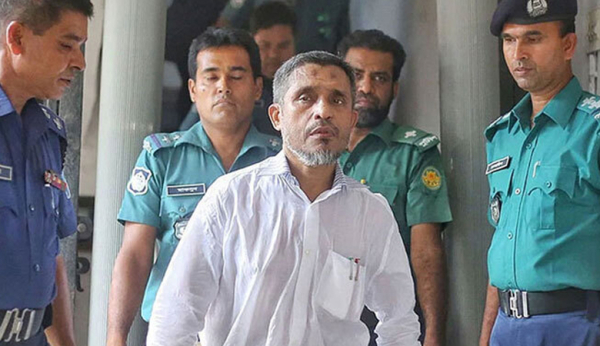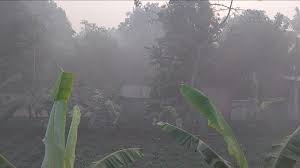On the same day when Health Minister Zahid Maleque basks in the sun of pride, saying the government has "successfully contained" the coronavirus, the country ironically sees the record-breaking single-day infection rate.
In the last 24 hours, from Sunday 8am to Monday 8am, Bangladesh registered highest 31.91 percent infection rate (1,356 cases) testing a lower number of samples – 4,249, giving an ominous signal for the coming days, according to experts.
Meanwhile, the health minister, at a relief distribution programme in Manikganj sadar on Monday, said, "When heads of different states globally have been criticised over their failure to take up right decision amid the pandemic, we, under the leadership of Prime Minister Sheikh Hasina, have contained the coronavirus successfully."
However, the infection rate in Bangladesh has been fluctuating between 20 and 25 percent since June while the country posted the second highest daily infection rate at 25.23 percent on July 15.
Professor Nazrul Islam, a noted virologist and former vice-chancellor of the Bangabandhu Sheikh Mujib Medical University, told The Business Standard that a low infection against a low number of tests is a normal phenomenon.
"But low tests with higher infections mean that we are heading towards a terrible situation."
The real scenario will be realised by August 15, but a higher infection rate denotes there are Covid-19 patients who are not being identified, he added.
Professor Nazrul, also a member of the National Technical Advisory Committee on Covid-19, also said handling the pandemic in the country is like "walking on a ghost's feet" [going towards opposite direction].
Now looking at the infection rate, it is understood that tests have been done only in city areas. The actual pandemic picture in the country would have been available had the tests been well distributed across cities and villages, he further said.
The virologist reiterated that testing, tracing and isolation must be enhanced to control the situation, also suggesting that the village-town testing ratio needs to be fixed.
Bangladesh confirmed the first case of Covid-19 on March 8 and the first death 10 days later.
On Sunday last, the country stepped in the twenty-second week of Covid-19 outbreak.
M Mushtuq Husain, consultant, Covid-19 Pandemic Control, Institute of Epidemiology Disease Control and Research, said the relaxation shown during the Eid festival has just begun paying off.
The higher infection rate against a lower number of test is not a good sign, he said, adding that although many have not been tested yet, the number of patients is increasing.
Mushtuq also said if someone with Covid-19 symptoms does not get tested, they should go for isolation.
To reduce the infection, free tests should be increased and sample collection from homes needs to be re-introduced, he opined.
He added that, without more tests and institutional isolation, it will not be possible to reduce the Covid-19 infection, which will further damage the economy.
Meanwhile, the number of tests is decreasing day by day. According to the data of the Directorate General of Health Services (DHGS), the number of daily tests regularly fluctuated between 15,000 and 18,000 after June 10 when 15,965 samples were tested.
On June 26, the highest 18,498 samples were tested in a single day. However, on July 3, the number suddenly dropped to 14,650. Now, it has come down to the 4000-mark.
The number of tests also dropped during the Eid-ul-Adha holidays. On Sunday last, only 3,684 samples were tested while the number was 8,802 on Saturday.
During Covid-19 daily bulletin on Monday, DGHS' Additional Director General Professor Nasima Sultana urged people to come to have themselves tested if they have symptoms of Covid-19.
She also said, without tests and detection of Covid-19 patients, it would not be possible to prevent the spread of the highly contagious virus.


